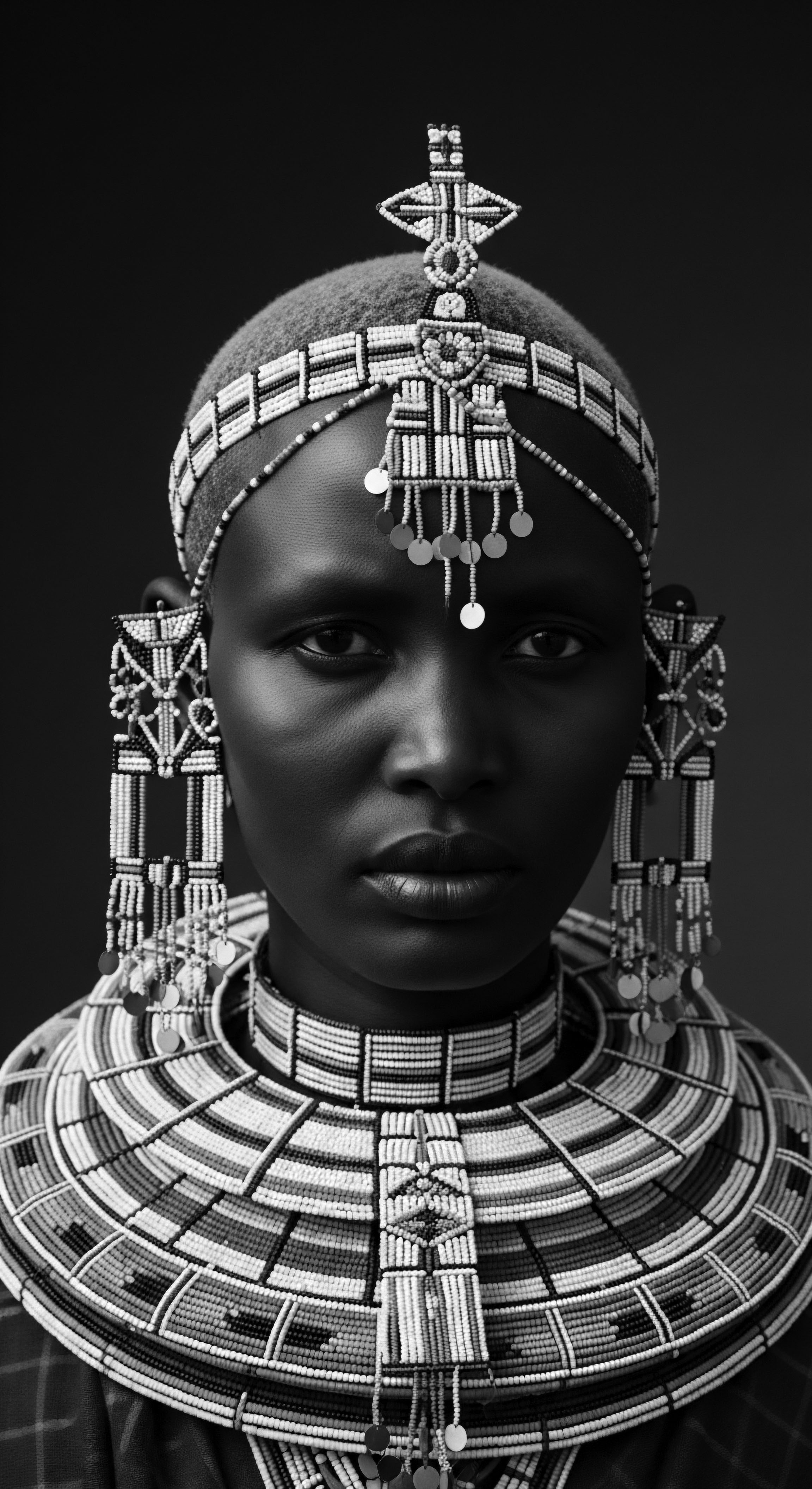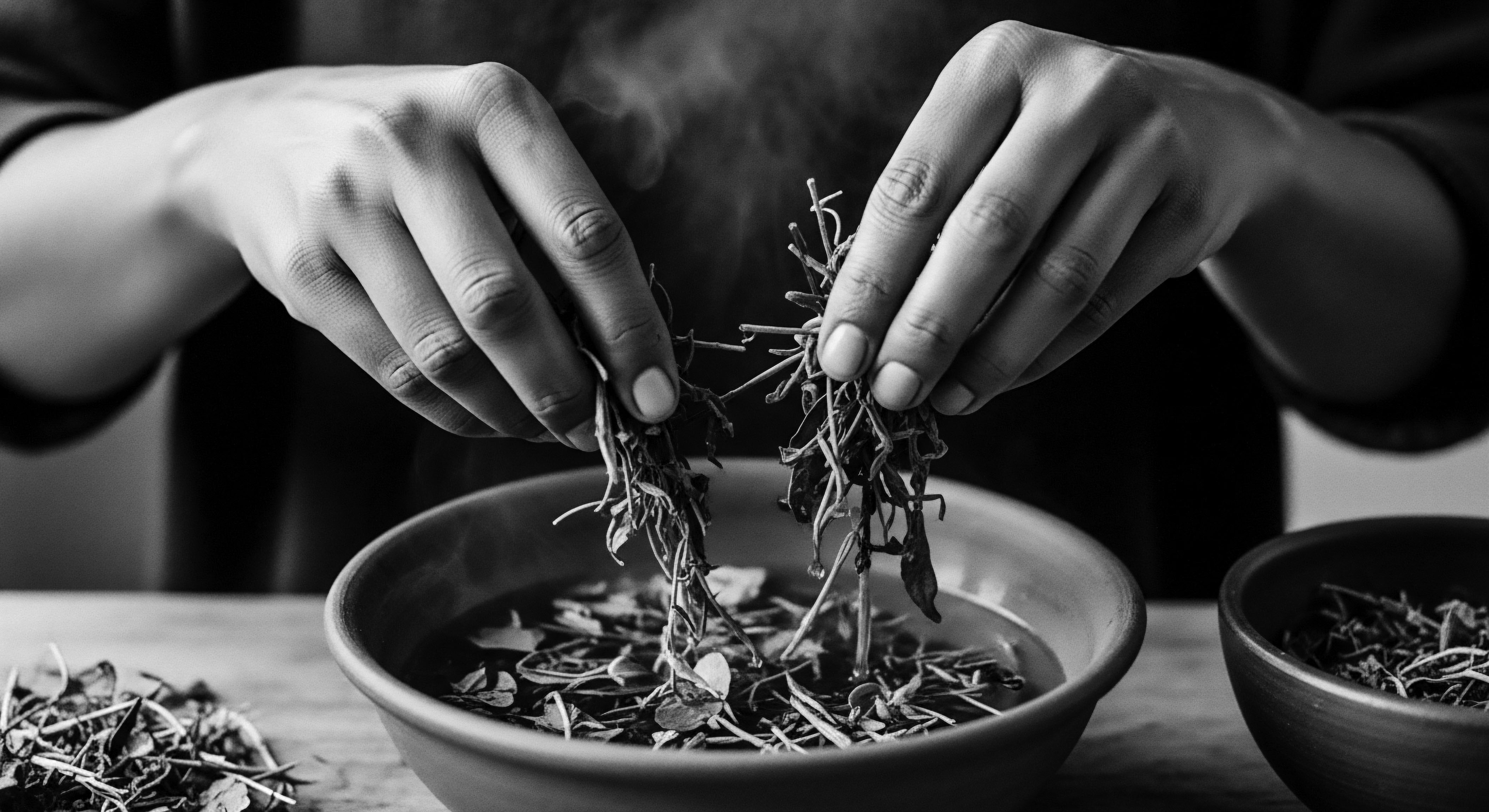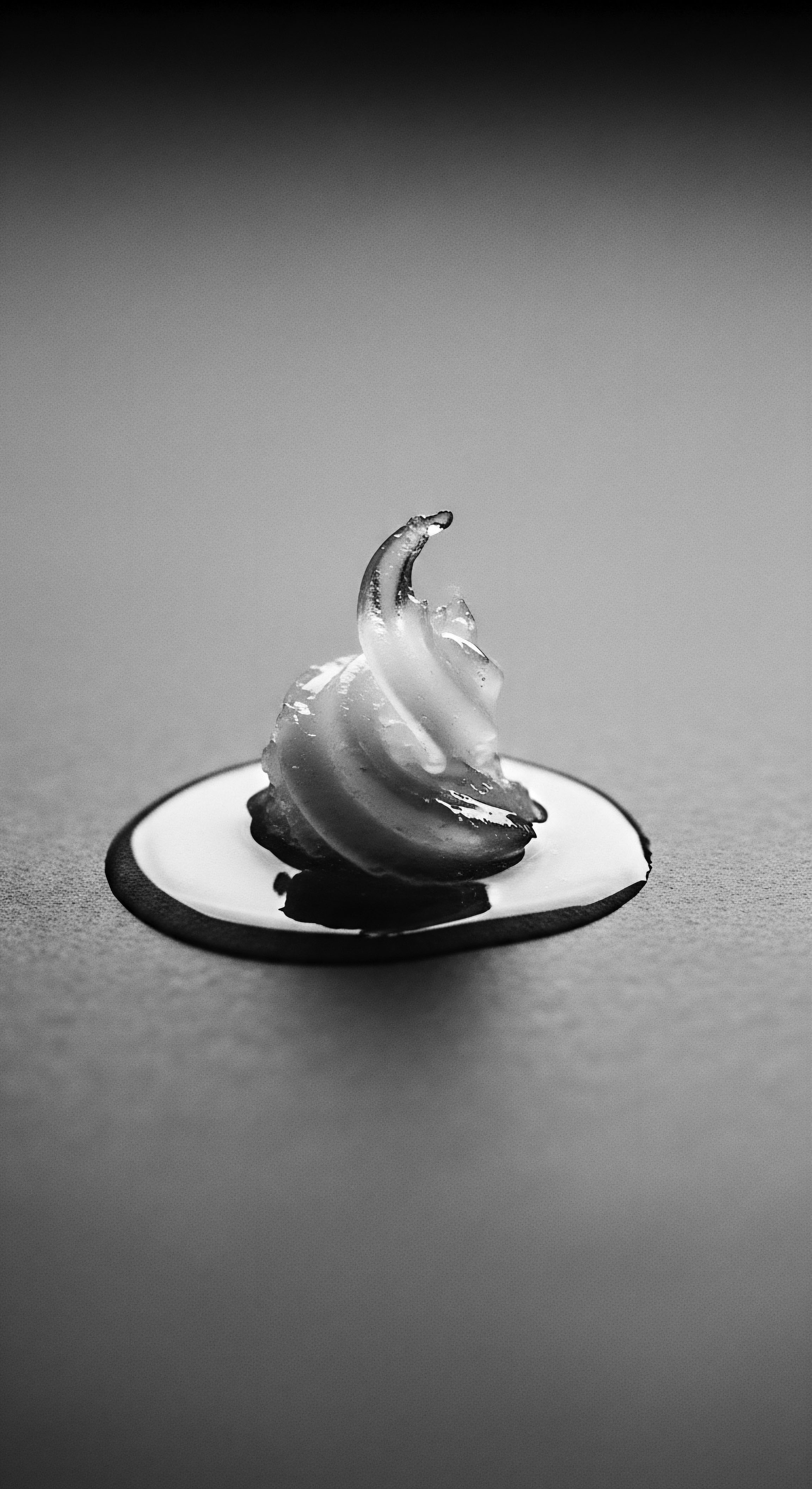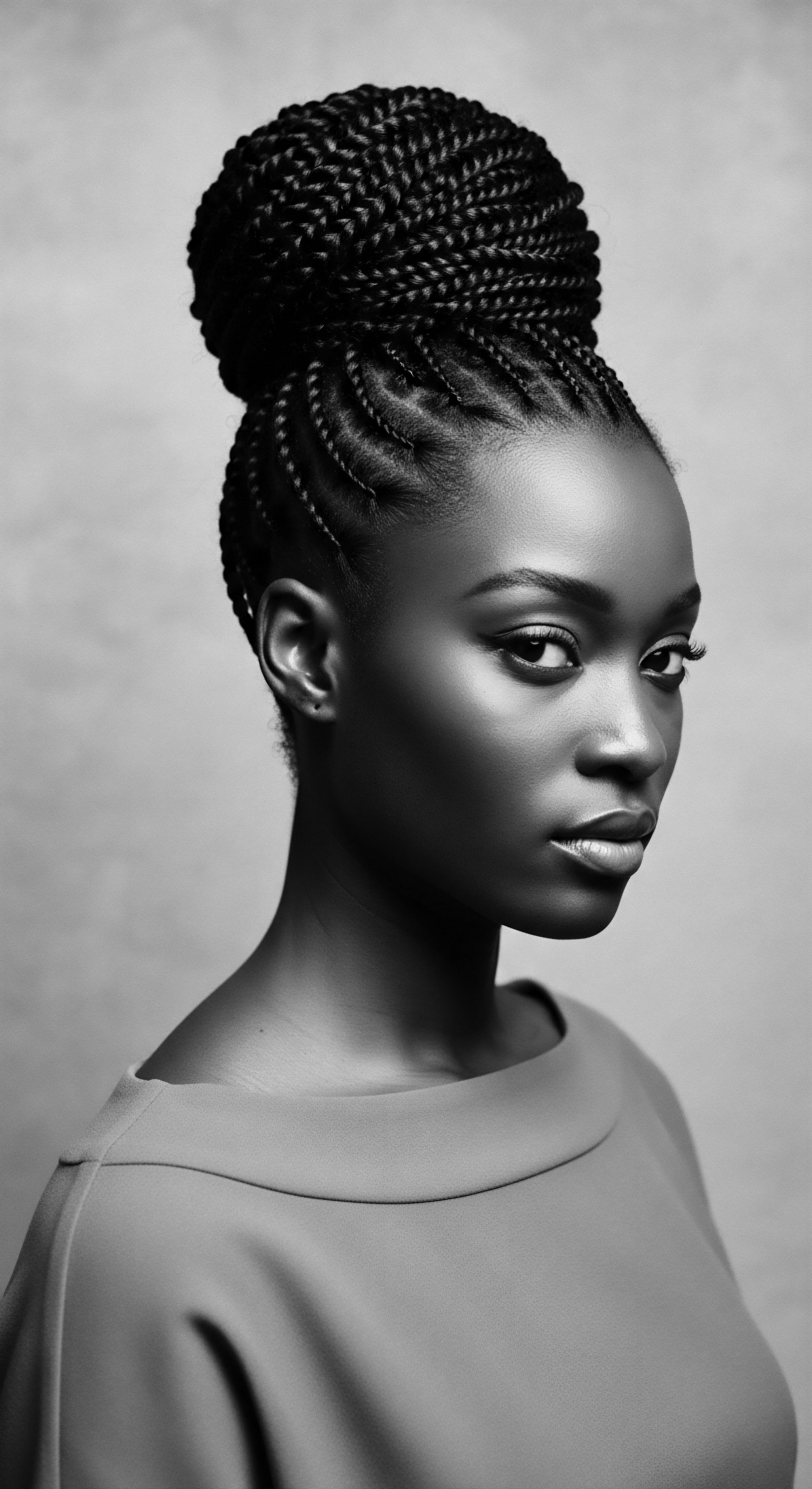
What ancestral methods protected textured hair overnight?
Ancestral methods protected textured hair overnight through intentional styling, soft coverings, and natural ingredients, safeguarding heritage and health.

What biophysical reasons make textured hair vulnerable overnight?
Textured hair's unique coil and cuticle structure makes it prone to overnight friction and moisture loss, a vulnerability addressed by centuries of ancestral protective heritage.

Can modern science validate ancestral nighttime hair practices for textured hair?
Modern science confirms ancestral nighttime hair practices protect textured hair by reducing friction and retaining moisture, honoring a rich heritage of care.

